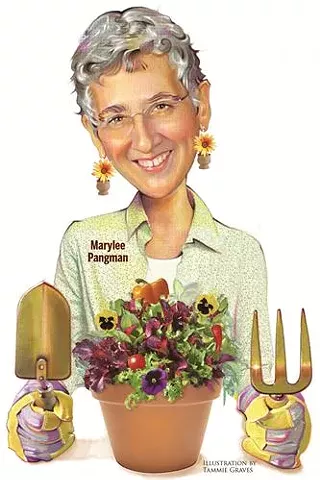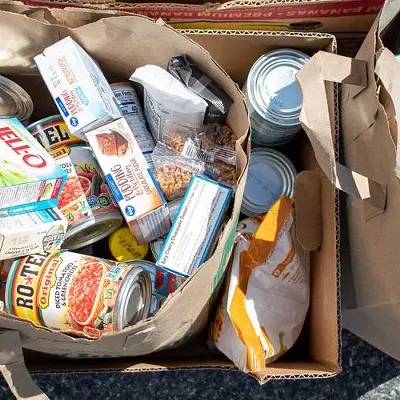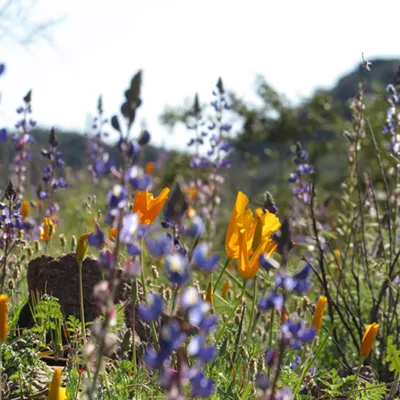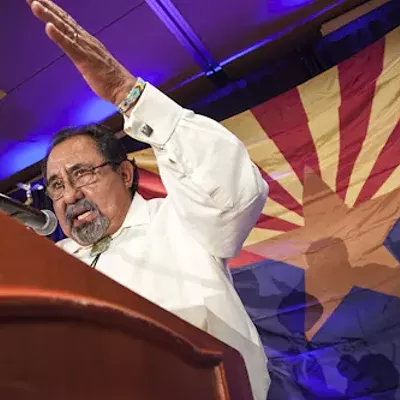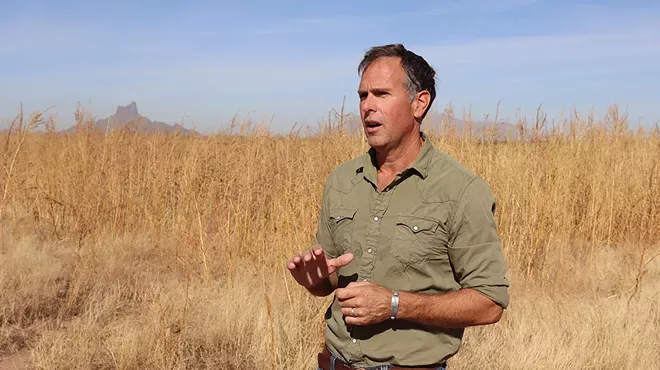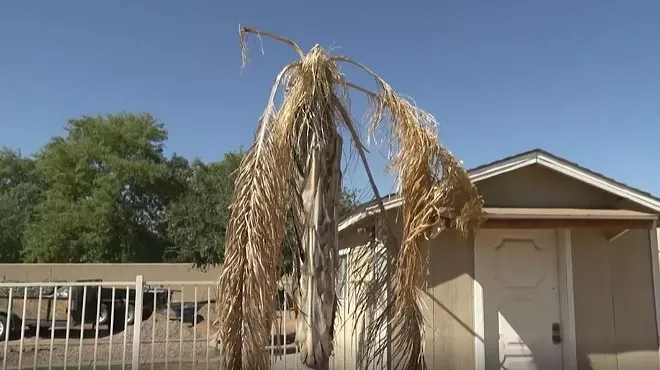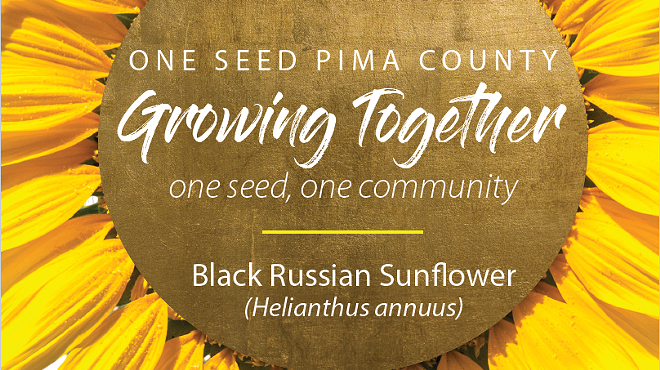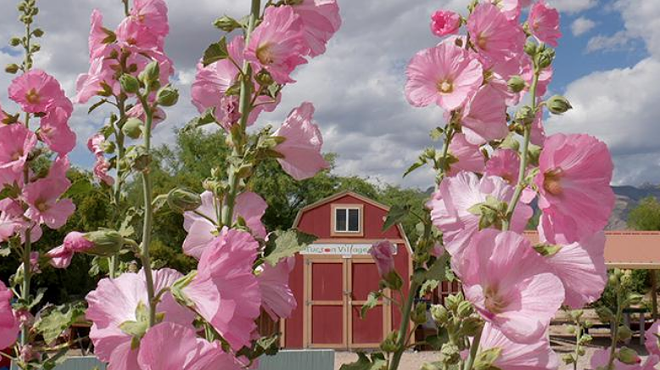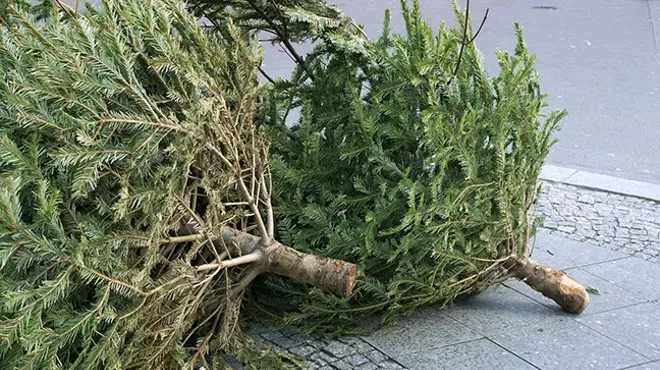Tuesday, October 8, 2013
5 Tips to Successful Plantings in REALLY BIG POTS
Super-jumbo pots in my book are those that are at least 32 inches in diameter. I often have to chuckle to myself when I ask someone, “What size pot do you have?” They tell me it is a “really big pot” and when I ask them to measure it, they say it is 18” or maybe even 20”. In the desert heat, for successful full sun potted gardens, we must plant in large pots. But when I refer to large pots, I am talking about nothing smaller than 20” and I prefer much larger. With the soil volume you have in these larger pots, the roots of your plants have a fighting chance to keep their cool. For the sake of conversation, let’s refer to “really big pots” as “RBP’s”.
Since they do take up a lot of space, you want to think about using RBP’s where they can serve a specific function in your home’s exterior design. They might become a focal point — with or without a planting. They might break up the monotony of a large flat wall of your back yard. Another use might be to support a large planting of a vine, shrub or small tree. This planting may serve the purpose of hiding an eyesore, provide screening from your nosy neighbors or provide you with fruit from a fruit tree.
Your best bet when deciding what to plant in super-sized pots is to choose plants that you will either be replacing each year such as annual flowers or to plant slow growing plants. Most nursery plant tags will say what the rate of growth is for that particular plant. I made the mistake one year of planting evergreen pistache trees in 32” pots. Those trees, with all the love and care of regular water and food outgrew the pots in less than a year. The trees were not overly large but the root system could not grow large enough in the pots to support their canopy.
Here are some basic tips on how to handle your RBP’”.
1. Make a firm decision as to where you want the pot placed before planting it. Ever tried to lift a 22” container garden filled with dirt and plants? I have, and it can be overwhelmingly heavy. Once planted, an “RBP” will be virtually impossible to move. To do so will require that you empty it of all the plants and soil. Therefore — be sure!!
2. This is the question I get asked the most: If you know you are planting shallow or medium rooted plants in an RBP, do not fill the entire pot with soil. If you are planting small perennials or annuals, you can fill the lower 2/3 of the pot with other material. When planting a small shrub type plant, you need more soil volume but you can still fill the bottom 1/3 with non-organic material. Gardeners have used soda bottles or cans, packing peanuts and nursery cans to bottom fill their pots. (DO NOT use rocks!! — they just make the pot heavier!)
NOTE: I recommend that you cover whatever material you use with a sheet of landscape fabric. This will also water to go through but will help maintain the soil above the fillers.
3. Do not fill your pot with soil from your garden — even if your garden has the very best soil on the planet. Garden soil is heavy and "dirty" (you know, replete with weed seeds, bugs and their eggs, bacteria — stuff that you don't want in your pots), and it will not drain properly in a pot.
Instead, use a good potting soil (also called potting mix or container mix). Potting soil is well aerated, sterile, lightweight, and made of a good balance of organic material and mineral particles like peat, sand, or perlite. (Potting soil is actually soil less. That is, it doesn't contain any dirt.) When choosing a potting soil, it should smell and feel rich. It will not be sandy or smell like manure.
4. When planting a tree in an RBP, DO fill it completely full with soil. Trees also need to be planted in solidly based pots in order to reduce the tipping factor. The base of the pot should be almost as large as the top of the pot when a tree is planted. Our desert winds have been known to blow over many pots even when super-sized!
5. If you plant a large plant in an RBP, you do not need to change out all the soil every few years like you do in smaller pots. Instead, each year remove a top layer of old soil and add new soil along with time-release fertilizer. Mix it all in with the old soil as much as you can without severely disturbing the root system. Keep the soil level at the same depth as before to not entirely cover the root or trunk any deeper than it was originally planted.
By following these guidelines and standard methods of planting in pots, you can enjoy terrific potted gardens for many, many years!
If you would like to receive Monthly Potted Garden tips - sign up for the Potted Desert Newsletter.
Marylee is the founder and former owner of Tucson’s The Contained Gardener. With more than 15 years of successfully designing and growing potted gardens in the desert’s challenging and oftentimes harsh climate, Marylee has become known as the Desert’s Potted Garden Expert. Marylee is available for in-home or digital consultations and you can always email her with your questions and comments. Follow The Potted Desert on Facebook!
Tags: Marylee Pangman , container gardens , potted desert garden , summer flowers , Winter flowers , potted cactus , Potted Desert , Tucson garden , Southern Arizona , snowbird garden




